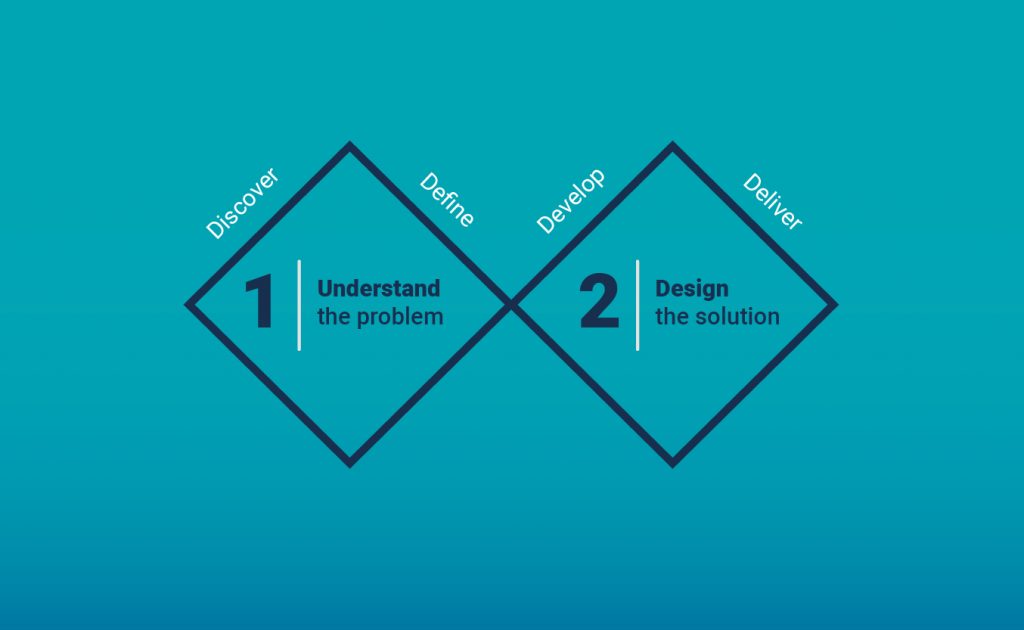A design thinking approach to domestic abuse support
The Technology Enabled Care (TEC) Pathfinder project in Aberdeen came about as a result of conversations, between Police Scotland (North East) and ACVO (Aberdeen's Third Sector Interface), about the cyclical nature of abuse and how these experiences are supported by local services in Aberdeen.
Beyond high-level national statistics about prevalence and demographics, there were limited insights into how the collective ecosystem of local services supports people who experience abuse.
With such a complex and intersectional subject, it was clear that a different approach needed to be taken to understand how the ecosystem works for different people, and where improvements or changes could be made locally.
In 2019, ACVO and Aberdeen Health and Social Care Partnership, in consultation with Police Scotland (North East) were offered the opportunity to explore this problem space, after being chosen to lead on a TEC Pathfinder project in Aberdeen City. The project is part of the national TEC Pathfinder programme, which supports multi-agency partnerships to embed digital technology in the transformation of local services for health and wellbeing.
The national programme and local projects are unique in their approach, due to their adoption of the Scottish Approach to Service Design. By taking this approach we can explore, define and co-design how TEC can be used to support the delivery of multi-agency services for people who experience domestic abuse.
The Scottish Approach to Service Design is an opportunity to use design thinking tools and methodologies to explore ‘the problem space openly, collaboratively and with users, before a solution or service is decided’ (Scot Gov, 2019).
Using the Double Diamond framework for the last year we have carried out an extensive body of user research with stakeholders and currently, citizens, to understand what service provision there is in the city and how both sides experience service delivery.

During this discovery period we have used interviews; mapping tools and sense-making workshops to start to piece together what the system looks like, highlighting key needs; challenges, barriers, gaps and considerations which we aim to collectively prioritise with stakeholders and citizens before prototyping and developing responses.
Though we are coming towards the end of our discovery period, it is difficult to be able to fully evaluate the impact that that using the Scottish Approach has had. In saying that, there have been some key areas of learning that we feel would be good points to reflect on for anyone else considering taking this approach with a similar subject.
- Build your project with the people who deliver and use the services you are looking at. You need their buy-in to make sure that you can engage with people and that your practices are safe and supported
- Your third sector colleagues and especially your TSI’s are an invaluable resource of knowledge and engagement expertise. We were able to ‘hit the ground running’ with a lot of our research due to the project being part of ACVO and the partnerships and relationships they already had in place. We have also been able to share our wider research and learning about the Scottish Approach to Service Design with our third sector partners and stakeholders, which offers the opportunity to influence operational development and current practice
- Trauma-informed practice has been a consistent and reflective subject for us throughout our discovery stage and especially during citizen engagement. It is vital to consider this approach in how you engage with people, carry out user research and support your team to take on that information and process it.



